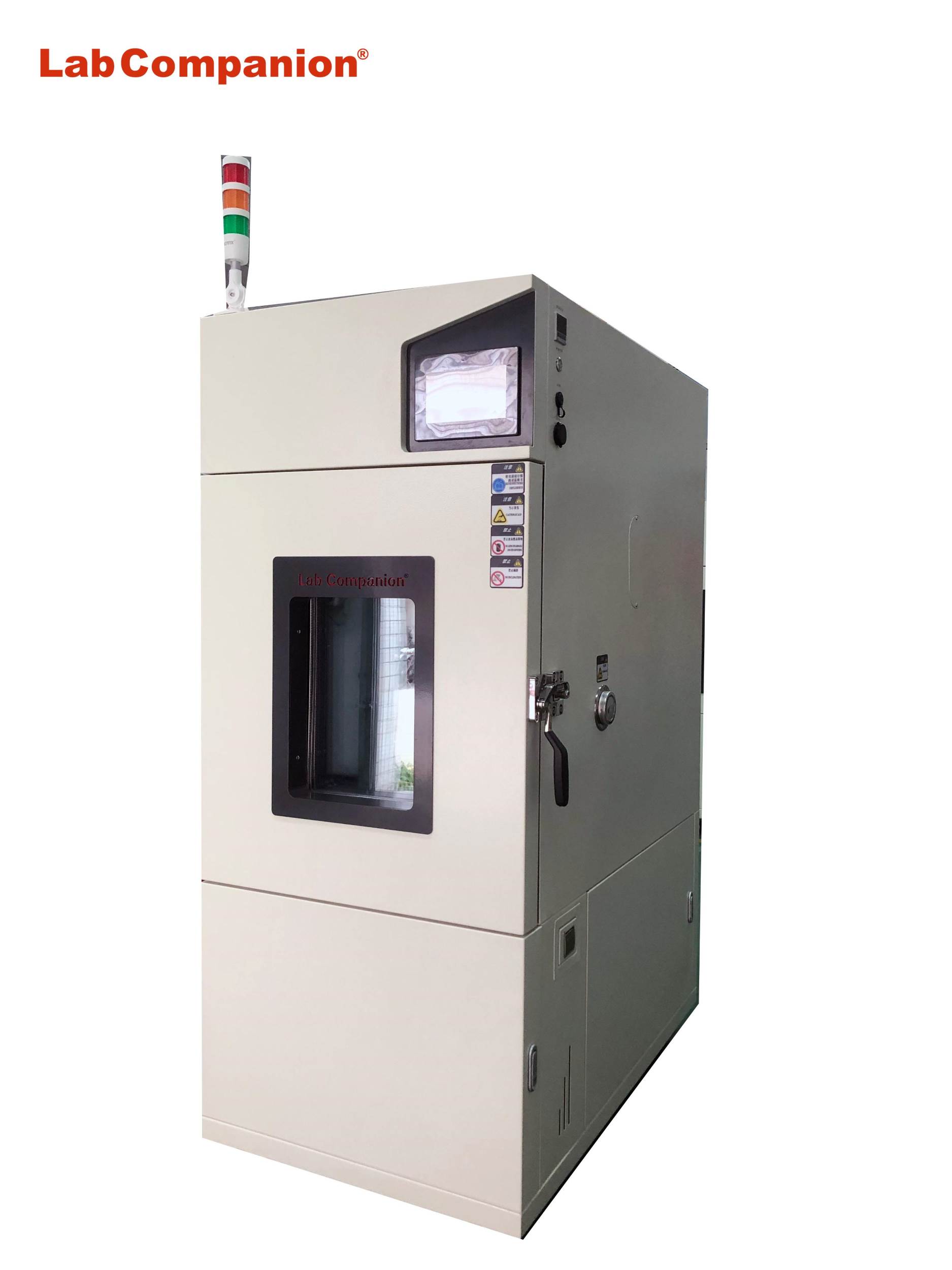Email Us :
labcompanion@outlook.com-

-

Requesting a Call :
+86 18688888286
Industrial Computer Reliability Testing
Industrial computers can be divided into three categories according to their application attributes:
(1) Board class: includes Single Board Computer (SBC), Embedded board (Embedded Board), Black Plane, PC/104 module. (2) Subsystem class: includes single-board computers, boards, chassis, power supplies and other peripherals combined into operational subsystems, such as industrial servers and workstations. (3) System integration solutions: refers to a set of systems developed for a professional field, including the required software and hardware and surrounding, such as automatic teller machines (ATMs). The application of industrial computers widely covers ATM, POS, medical electronic equipment, game machines, gambling equipment, etc. The multi-field industry makes industrial computers must be able to withstand the use of sunlight, high and low temperature, wet and other environments, so the relevant reliability test is the focus of various manufacturers in the research and development test.
Common reliability tests for industrial computers:
(1) Wide temperature test
According to the actual application environment can be divided into four categories: 1. Outdoor: especially for the extreme low temperature or high temperature areas, such as northern Europe and desert countries, the temperature range can be from -50 to 70°C; 2. Enclosed space: for example, where heat sources are generated, such as next to a boiler, the high temperature range is about 70°C; 3. Mobile equipment: such as vehicle equipment, the high temperature can be up to 90°C according to the car area; 4. Special harsh environment: such as aerospace equipment, military, oil drilling equipment.

(2) Aging stress test
The temperature range is from -40°C to 85°C, and the temperature variation rate is 10 °C per minute for cyclic testing
(3) No wind high temperature test
At present, in order to prevent dust, industrial computers are planned to be closed and fanless in the mechanism design, so more and more manufacturers begin to pay attention to high temperature testing in a windless environment to ensure that high temperatures will not collapse

Note: For complete industrial computer test conditions, please consult LAB COMPANION